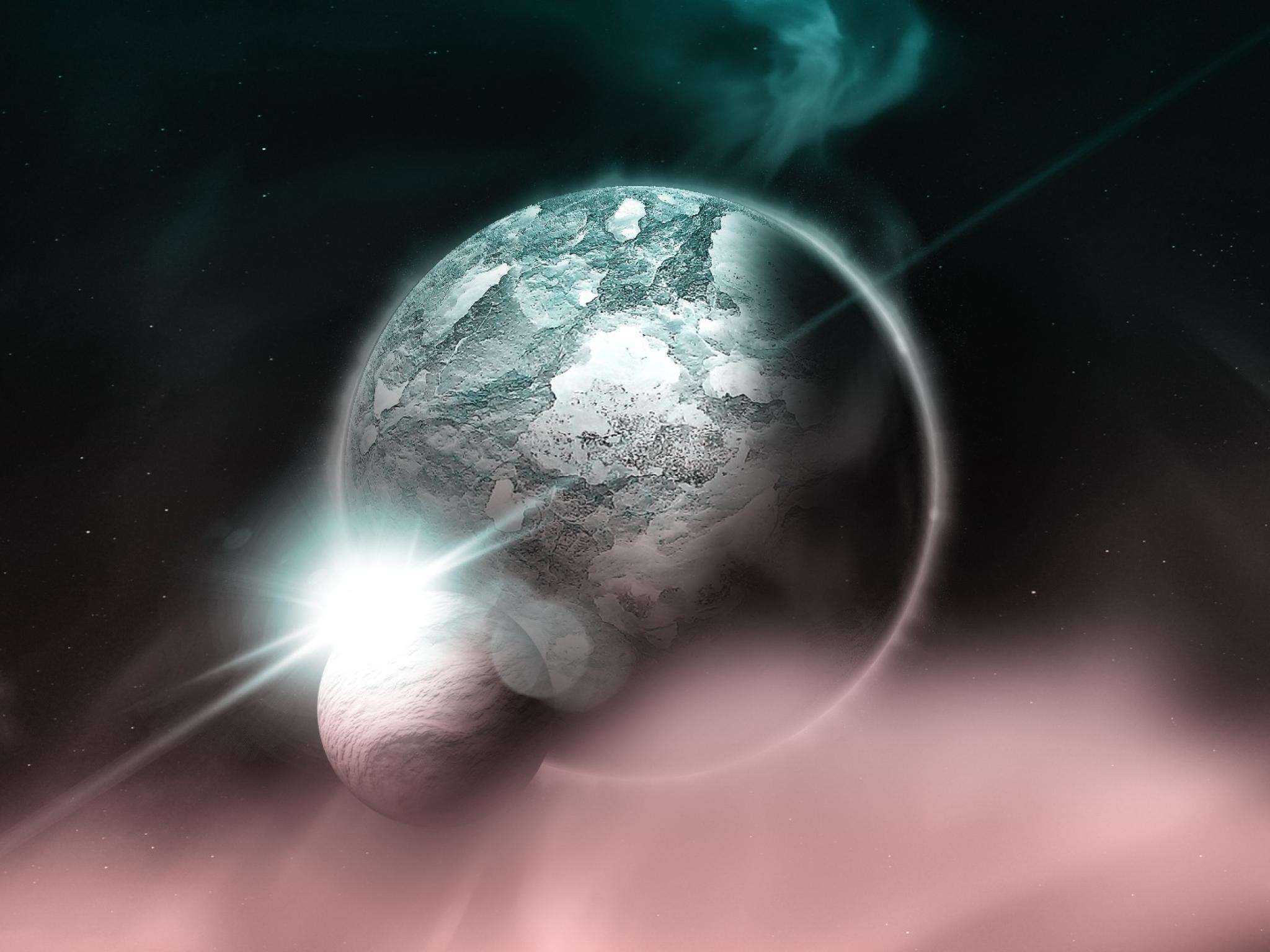
A NASA scientist is proposing a 200-year construction project that would result in the colonization of Venus.
What Happened: Alex R. Howe, an astrophysicist at NASA's Goddard Space Flight Center, has published a draft paper entitled “Cloud Continents: Terraforming Venus Efficiently by Means of a Floating Artificial Surface” that detailed an interplanetary infrastructure project to enable human life to flourish on the second planet from the sun.
In Howe’s vision, the inhospitable environment on Venus can be tamed by “expanding the cloud city concept to ‘cloud continents,’ building an entire artificial surface floating in the upper atmosphere.” Howe argued this “could be done far more efficiently than other proposed methods for terraforming Venus’s surface.”
Howe’s cloud continents would be 30 miles above the planet’s surface and would cover the planet. Howe proposed using “a lightweight surface at an altitude of ∼50 km to separate the two parts of the atmosphere” – and while he acknowledged “a surface made as a single piece will not be able to withstand these wind forces over thousands,” he believed that success can be achieved by using “large, interlocking hexagonal tiles, a few tens of meters thick, with the joints between them providing the slack to resist the wind forces.”
See Also: Apple TV+ Brings Back Charlie Brown For Earth Day Special
What Else Happened: Howe gave an estimated time of 200 years as “an extreme best-case scenario” for completing this project, adding it “would require substantial development of technology to be possible at all.” However, he pointed to one tiny obstacle.
“All of the materials needed for such an effort have been demonstrated in the laboratory, but cannot yet be manufactured on an industrial, let alone planetary scale,” he lamented. “The geoengineering techniques involved would be immensely more efficient on Earth (or even Mars), so it would likely be a long time before we had reason to turn them to Venus rather than applying them at home.”
Photo: DeSa81 / Pixabay







